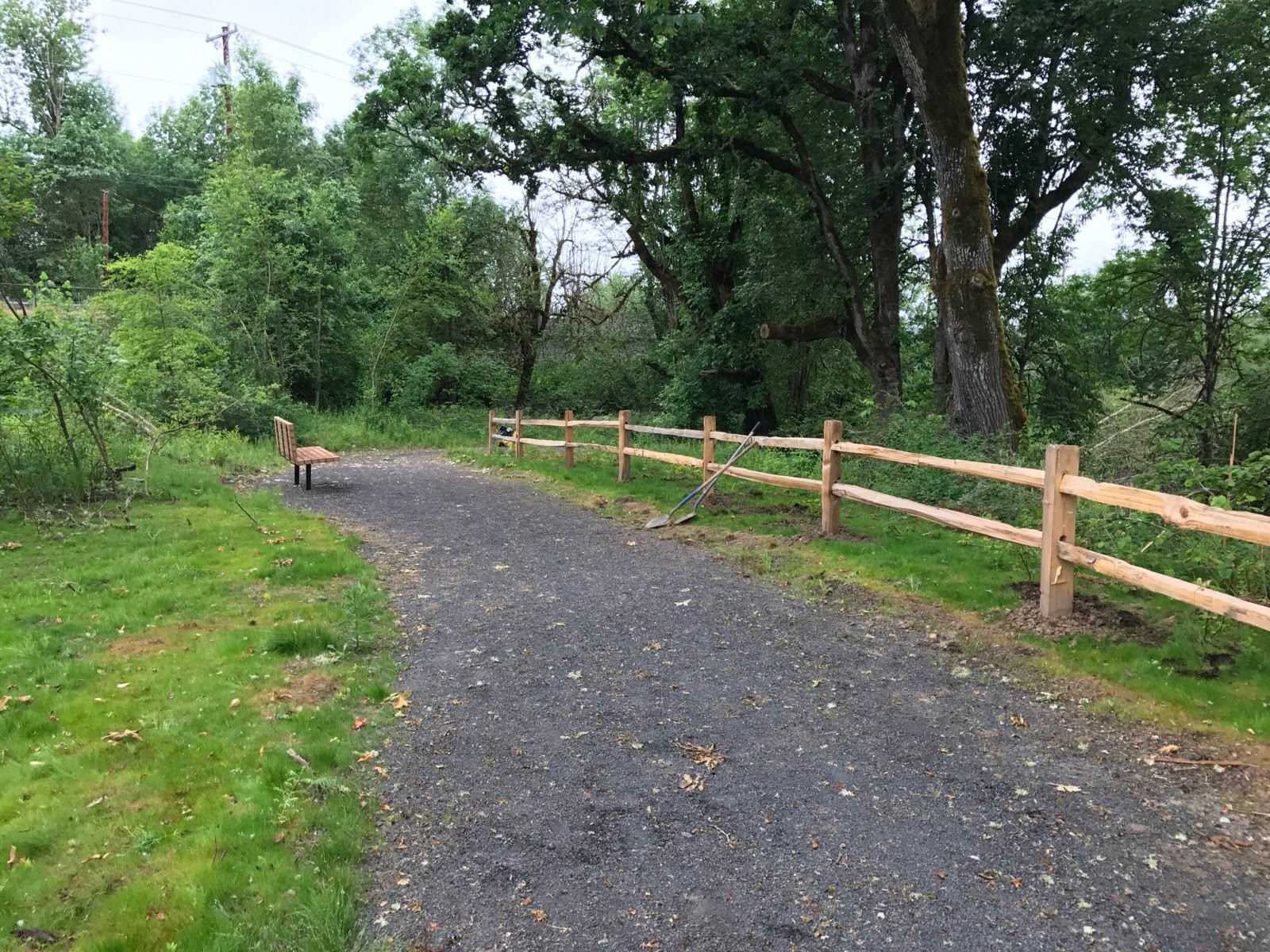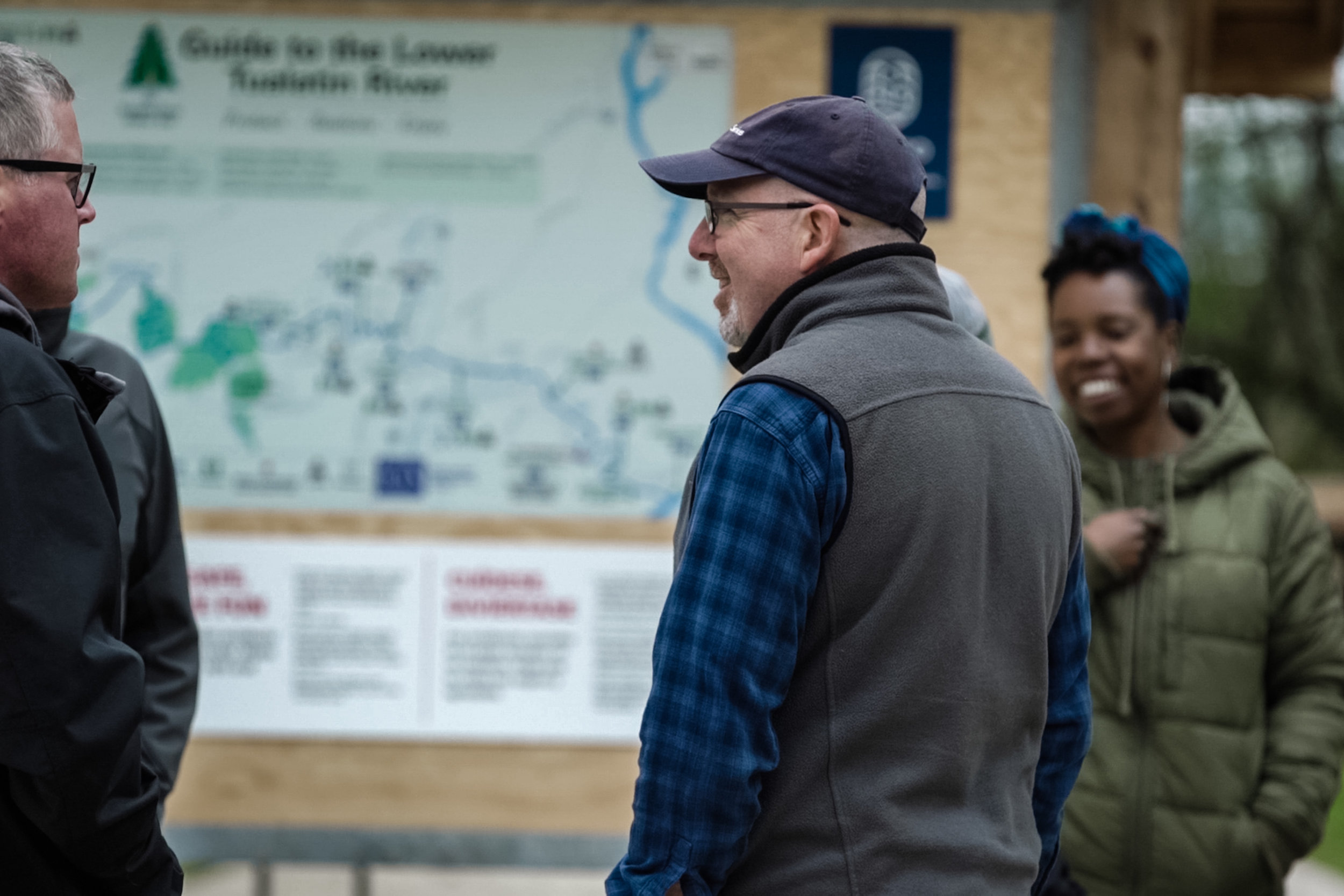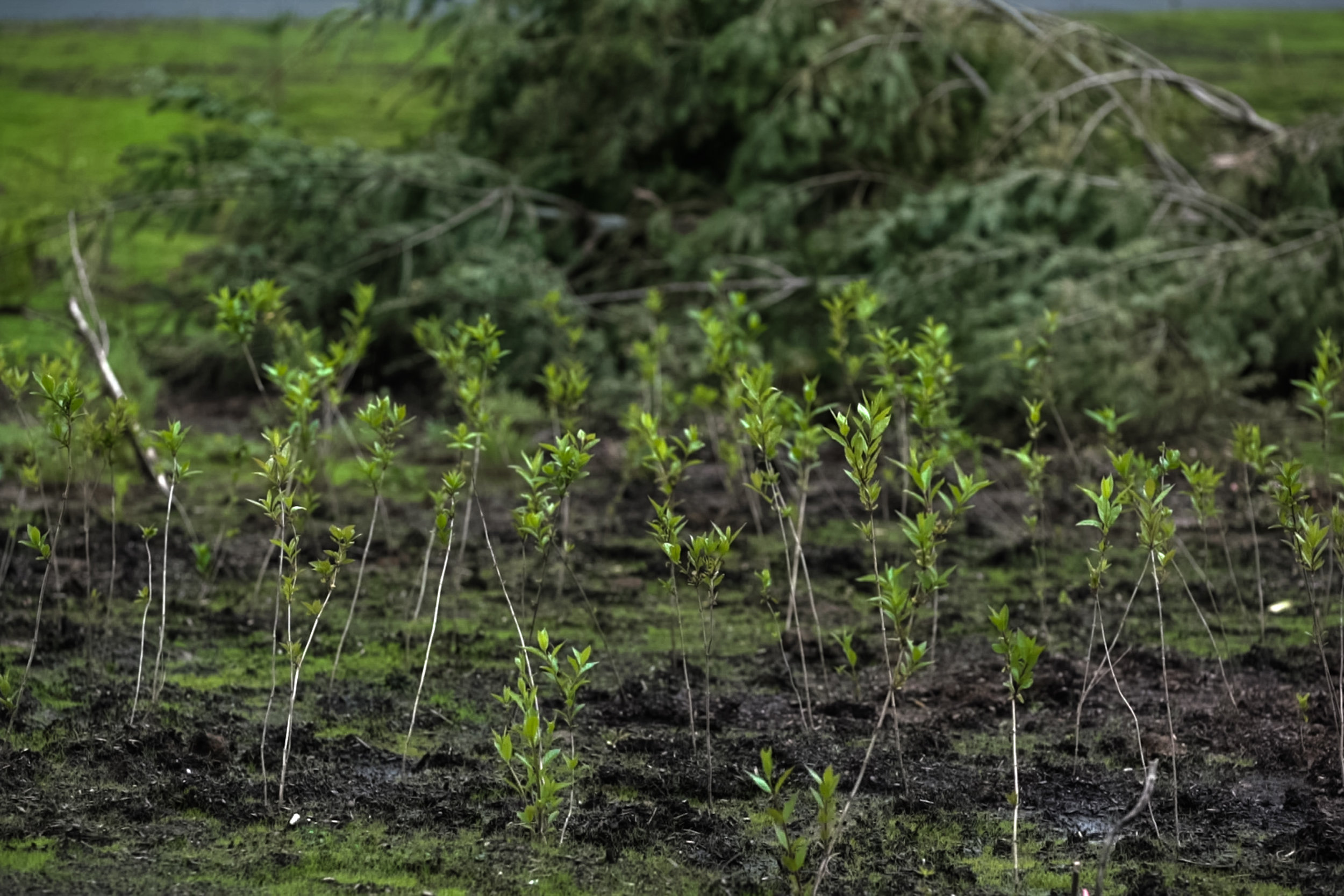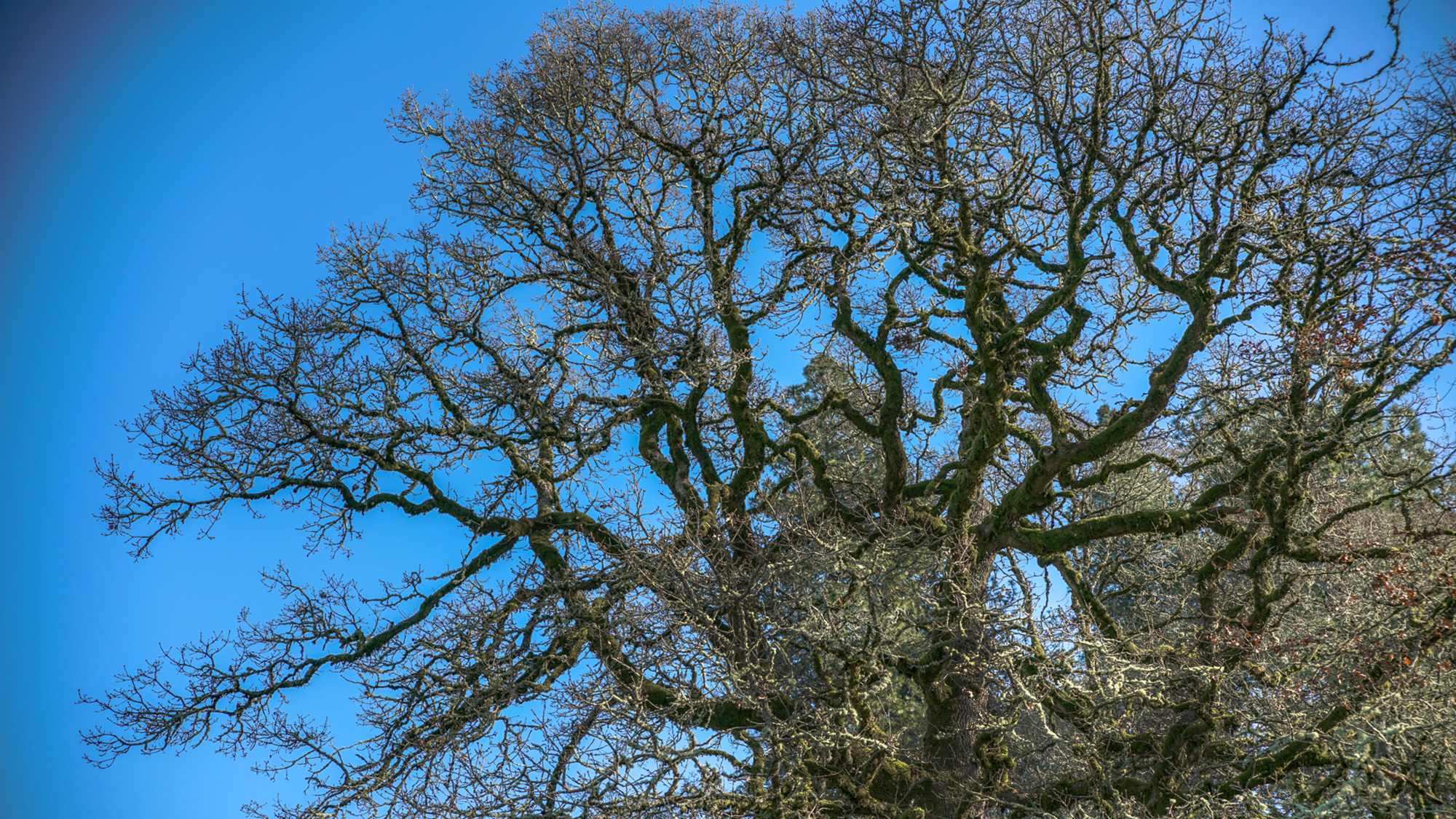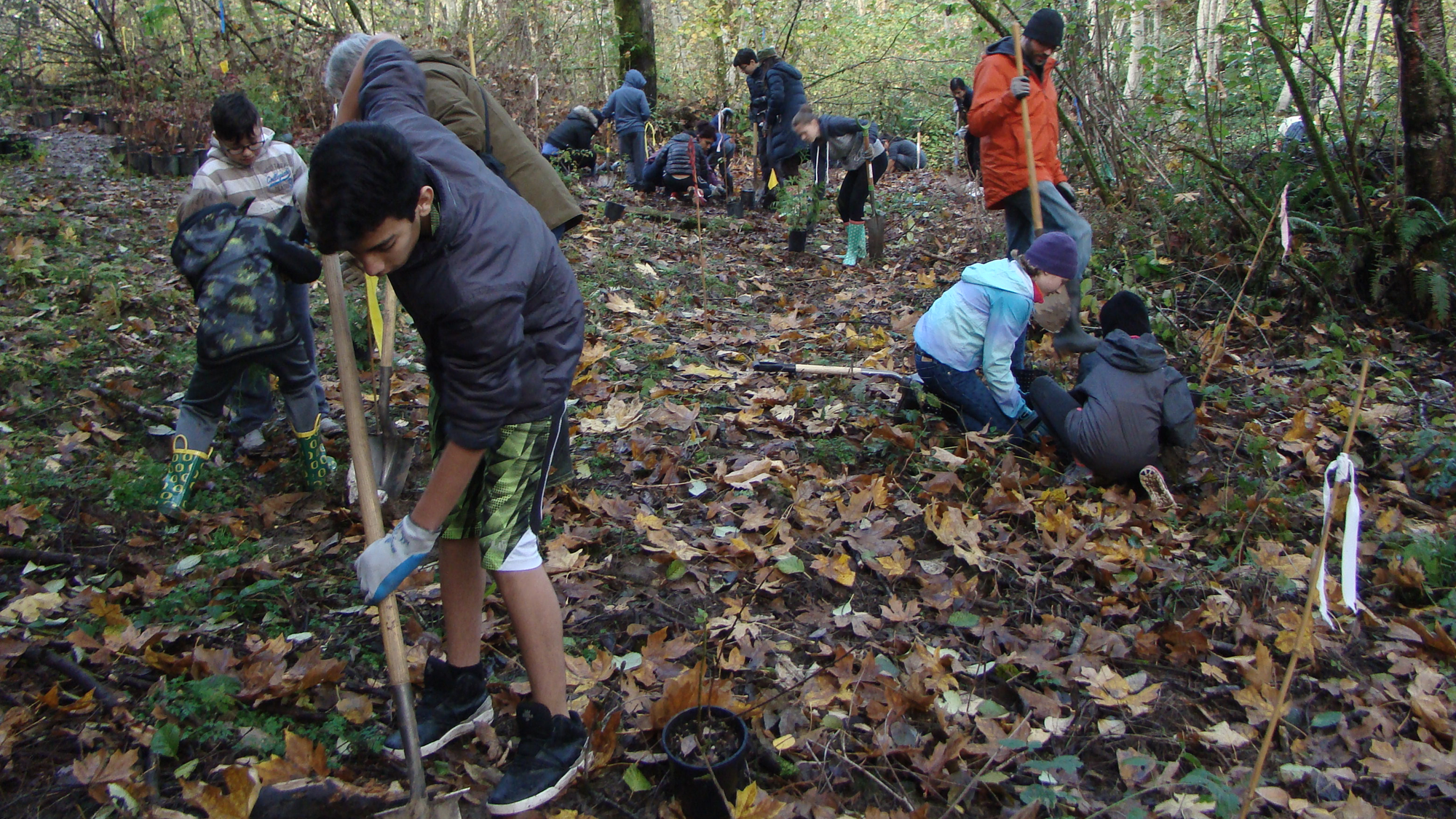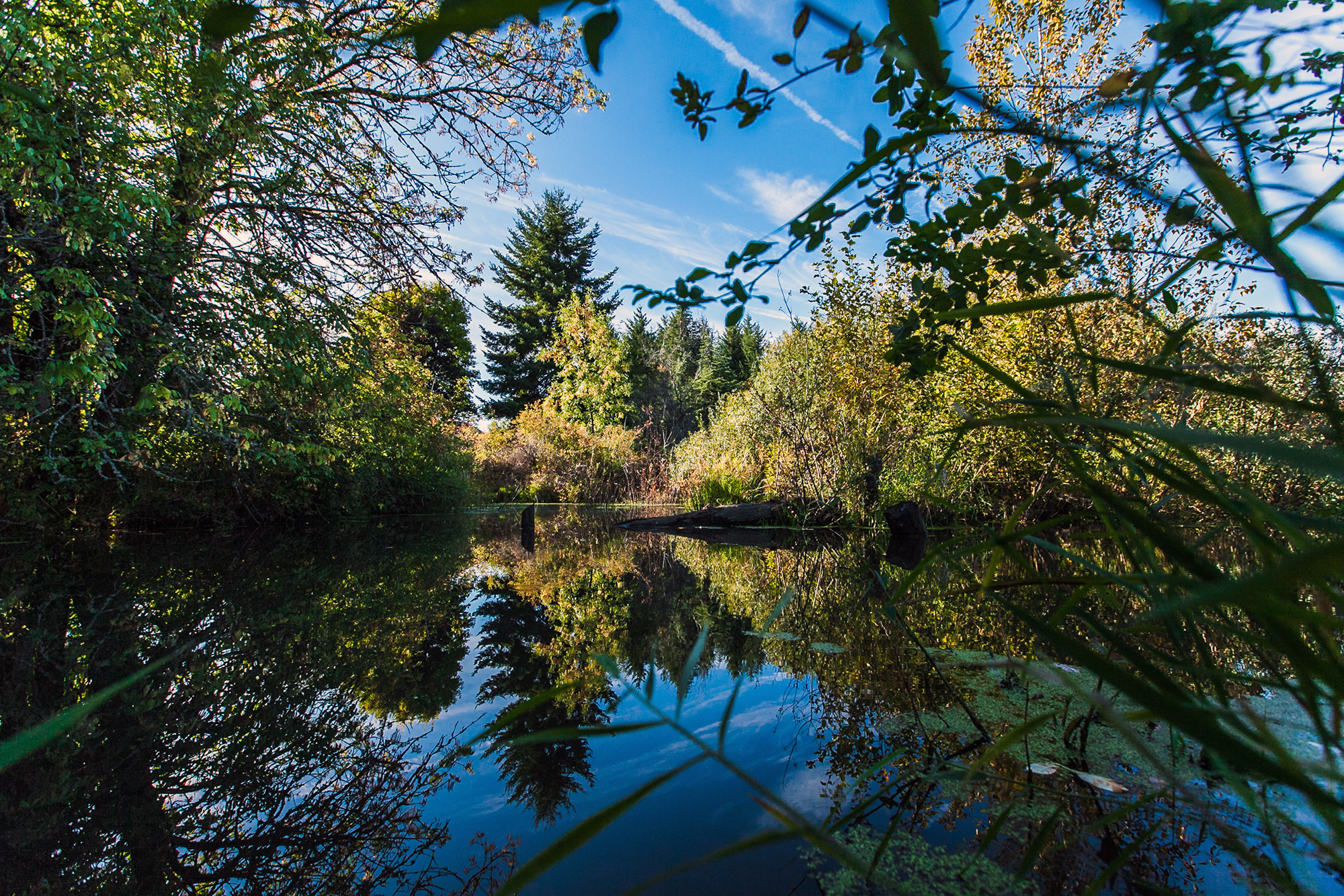Imagine that you're visiting Englewood Park on a Tuesday morning in June, walking along Fanno Creek as it travels through Tigard. You see a group of about a dozen people walking together, stopping frequently to talk, consult their iPads, and call attention to the plants and wildlife around them. You overhear one of them talking about an organization whose main objective is "...the conservation and restoration of [their watershed], for the preservation of the natural ecosystems and their biodiversity, with the inhabitants of the rural communities,"
If you think you've stumbled across a group of Tree For All folks, you're only partly right. On June 6, a handful of Clean Water Services staff had the opportunity to meet with a delegation from the Laja Watershed, in central Mexico. The mission statement quoted above is that of an associated group called Salvemos al Rio Laja.
Delegation members bring extensive experience in watershed management, GIS, forestry education, and agricultural engineering. They were in Oregon as part of the Willamette-Laja Twinning Project, which creates opportunities for restoration leaders in the two watersheds to learn from each other.
Englewood Park is one of the longest-established Tree For All sites. CWS restored native vegetation in 2004, and beaver returned about five years later. It proved the perfect site for a long and rich conversation on many topics, including:
- The remeandering of stream channels as a way to prevent continued degradation;
- The names of native and introduced plants at the site;
- Beavers as a keystone species that creates habitat for other species;
- Funding sources;
- Community engagement, through community science projects, schools, and planting events;
- Culturally sensitive ways of planning and framing volunteer activities.
While exploring the eBird app, the group was delighted to discover that they weren't the first Englewood Park visitors from their part of Mexico. It turns out that robins migrate between Guanajuato state and Tigard. Fortunately, restoration advocates are now following the same path--in both directions!
------
Visit the Willamette River Initiative Site to read a story and view a presentation about the Willamette-Laja Twinning Project. View the Fanno Creek case study to learn more about Tree For All activities in this area.







